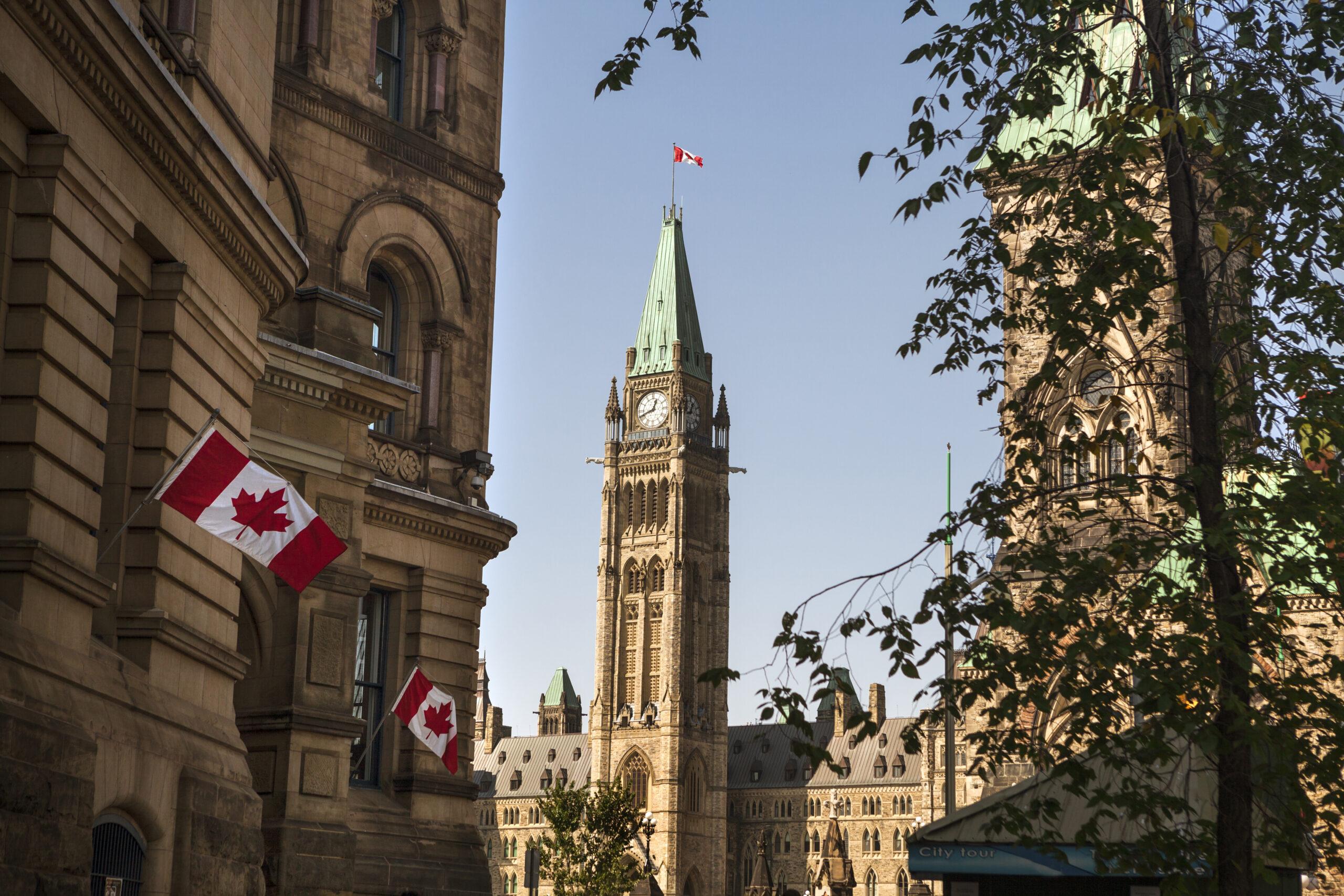


The Hague System For Industrial Designs is in Force in Canada
The Hague System For Industrial Designs is in Force in Canada
With the coming into force of the provisions putting the Hague Agreement Concerning the International Registration of Industrial Designs (the “Hague Agreement”) into effect in Canada, Canadian companies and designers can now seek to protect their industrial designs in multiple foreign jurisdictions through a single international application.
Background
As part of the Innovation and Skills Plan, Canada seeks to become a global centre for innovation, and has committed itself to harmonizing its intellectual property (“IP”) system with international standards. Over the next 12 months, Canada plans to put into effect a number of key international agreements to help Canadian businesses expand their presences in international markets and provide them with faster, simpler and more cost-effective ways to acquire IP protection in foreign jurisdictions. One of those agreements is the Hague Agreement.
To accede to the Hague Agreement, significant amendments had to be made to Canada’s industrial design regime, including changes to the Industrial Design Act and Industrial Design Regulations. On July 16, 2018, the Government of Canada deposited its instrument to accede to the Hague Agreement, and on November 5, 2018, the necessary provisions to implement the Hague Agreement came into force in Canada.
Summary of Application Procedure
The Hague Agreement sets out a procedural framework for the centralized acquisition and maintenance of industrial design rights. Briefly, an applicant files a single “international” application through its local agent with the World Intellectual Property Organization (“WIPO”) and selects the territories (contracting parties) within which the applicant wishes to seek protection for its industrial design.
An international application may be filed electronically or on paper. A single set of formal requirements governs the acceptance of the filing. A single set of fees is paid upfront depending on the number of countries for which protection is sought. The filing may include a number of designs having an unlimited number of representations. Publication of the application may be deferred for up to 30 months, or early (almost immediate) publication may be requested.
During the international phase, the application is formally examined and, if the application meets the established requirements, the application is recorded in the international register and receives a filing date. This is beneficial and cost-effective since formal corrections, if needed, are only made once, during the international phase, and not multiple times at different industrial design offices which may have different formal requirements. The application is then forwarded to each of the state or intergovernmental organization (“IGO”) industrial design offices designated in the application. At this point a more substantive examination is carried out in the same manner as would have been done had the application been filed directly with that state or IGO industrial design office.
At the state or IGO level, the design may be granted protection on first examination, in which case a Statement of Grant of Protection is sent to the applicant via WIPO. Alternatively the application may be refused based on the local laws of the state or IGO industrial design office, which refusal will be communicated to the applicant via WIPO. The applicant then has the opportunity to contact the refusing industrial design offices with amendments and/or arguments regarding the refusal, and may use the services of a local agent for that purpose.
The initial duration of protection under the Hague System is five years from the international filing date. For Canada, provided that the maintenance fee is paid, the total protection period is the longer of 10 years from the registration date and fifteen years from the international filing date. All fees for maintenance of rights are paid through WIPO.
Other state or IGO industrial design offices may have different maintenance fee periods and different protection periods.
TRC-Sadovod LLP is here to assist you with protecting your IP assets. For further information, contact a member of our Intellectual Property team.
by: Sherif Abdel-kader, Tilaye Terrefe, Pablo Tseng, Keith Bird
A Cautionary Note
The foregoing provides only an overview and does not constitute legal advice. Readers are cautioned against making any decisions based on this material alone. Rather, specific legal advice should be obtained.
© TRC-Sadovod LLP 2018
Insights (5 Posts)View More
New Corporate Transparency Requirements for Federal Corporations
Effective January 22, 2024, federal corporations are required to file with Corporations Canada certain information on individuals with significant control.
Structuring Mortgage Investment Corporations in Canada
An overview of structuring Mortgage Investment Corporations or "MICs" in Canada
Working for Workers Four Act, 2023: How Ontario’s Proposed Changes Will Impact Employers
This bulletin discusses new employer obligations for job postings, tip and wage protections, and more as proposed in the Working for Workers Four Act, 2023.
Plan for the Ban: What the Federal Court’s Decision ACTUALLY Means for Your Business – Your Questions Answered
The Court decision in Responsible Plastic Use Coalition v Canada struck down Canada's decision to add plastic manufactured items to the List of Toxic Substances
Beware of Bystanders: Ontario Court Expands the Scope of Negligence Claims
Ontario Court expands scope of negligence claims to include innocent bystanders.
Get updates delivered right to your inbox. You can unsubscribe at any time.





